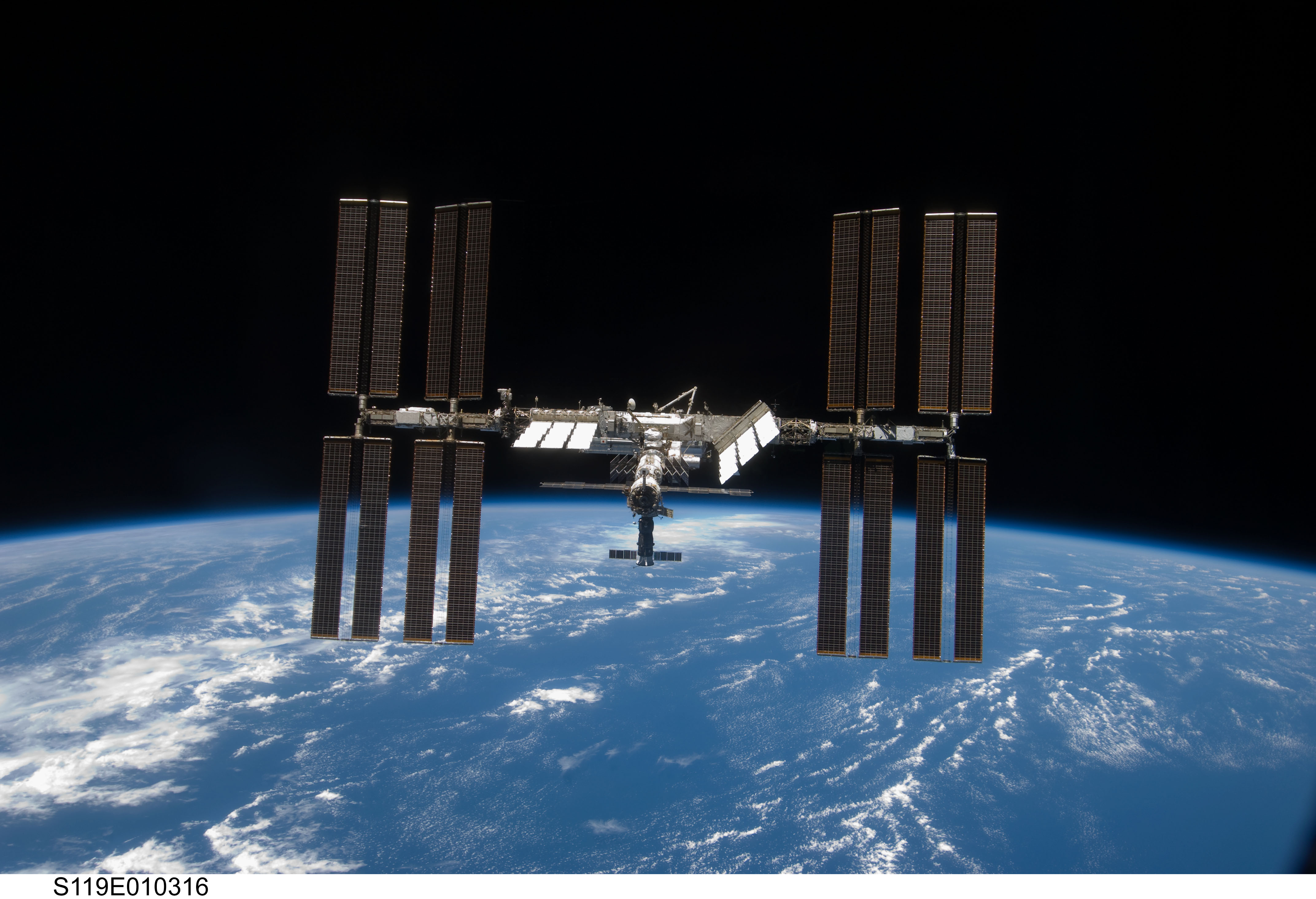 One of the finest meteor showers of the year is the Geminids, so named because the meteors appear to emanate from the zodiac constellation Gemini. The shower peaks this year on Sunday evening December 13th and for us on the west coast of the United States, we will be well placed for the peak of the shower at 9:00 pm. Given that there won’t be any moonlight for this meteor shower, conditions are ideal for a good shower that can produce up to 120 meteors per hour in very dark conditions. For those of us who live in urban areas such as San Francisco, we will see considerably fewer meteors. Nonetheless, if you can get yourself away from streetlights, houselights and allow some time to adapt to the dark, you will see some Geminids.
One of the finest meteor showers of the year is the Geminids, so named because the meteors appear to emanate from the zodiac constellation Gemini. The shower peaks this year on Sunday evening December 13th and for us on the west coast of the United States, we will be well placed for the peak of the shower at 9:00 pm. Given that there won’t be any moonlight for this meteor shower, conditions are ideal for a good shower that can produce up to 120 meteors per hour in very dark conditions. For those of us who live in urban areas such as San Francisco, we will see considerably fewer meteors. Nonetheless, if you can get yourself away from streetlights, houselights and allow some time to adapt to the dark, you will see some Geminids.Meteor showers that occur at the same time every year are usually caused by some kind of debris trail that the Earth intersects, showering the upper atmosphere with fine particles in an unusually intense period of time. Based on the way in which the Earth intersects the tiny bits of rock and dust, the meteors will all appear to originate in a single point in the sky, a point known as the "radiant." The Geminid meteor shower appears to originate in the constellation Gemini and as this constellation rises shortly after sunset, this particular meteor shower appears strong all night long, as Gemini treks across the sky from the east nearly directly overhead and then dropping into the west.
NASA has a great website talking about the origins of the Geminids, and Sky & Telescope Magazine has a very helpful article (written by Tony Flanders, an astronomer I've come to know personally) that is full of good tips for seeing the Geminids.
The weather outlook is always a challenge for December, and if the skies are clear they are most assuredly accompanied by a cold evening, so dress extra-warmly for the Geminids and enjoy.










